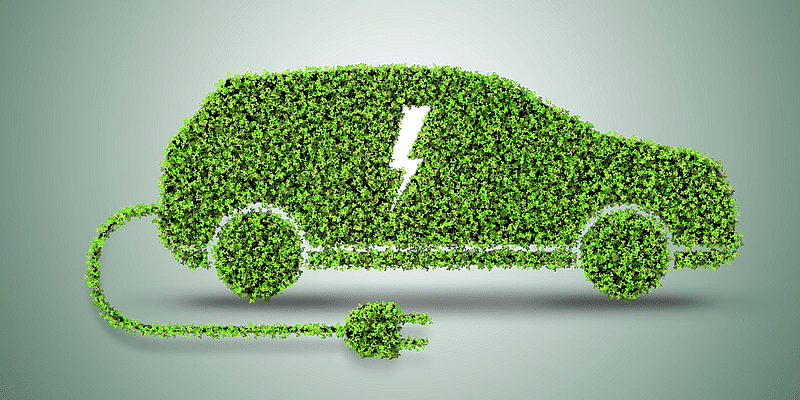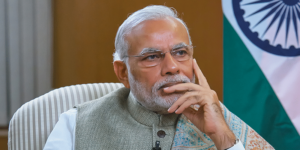India has done exceptionally well in the electric two-wheeler market. In November 2022, approximately 76,163 units were reported sold. Yet when considering a purchase, a common dilemma is–should I buy an electric two-wheeler? It is a valid query. While more and more people are considering the switch, there is still a fair amount of apprehension.
What are the challenges faced by electric vehicles in India?
But even as acceptance for electric two-wheelers continues to grow, the Indian EV sector faces a hurdle. Several fire incidents in recent times have put a question mark on safety, and the virality of these incidents over social media has not helped.
E-scooters catching fire in all incidents zeroed down to battery blasts, melting of the electrolyte, operational temperatures of the battery, poor quality of the battery cells and battery pack assemblies, and lack of active cell assemblies.
Electric vehicle batteries are usually a balance between high energy density and stability–the more the energy density, the less the stability of the batteries.
Are battery pack temperatures crossing the permissible range in summer with temperatures achieving a new high?
While some of the blasts could be attributed to the sub-standard battery quality, those that could not have raised another question–do India’s extreme climatic conditions require a different definition for batteries than international bodies?
Or do the EV manufacturers need to relook at the product as sudden acceleration and fast charging negatively impact battery performance?
Is a battery cooling Mechanism the answer?
Improving the battery and thermal management system may be the first step to prevent such incidents. For instance, using smart BMS monitors can help keep a close check on the temperature of the battery pack and each cell. It will trigger the active cooling system when it finds the temperatures are reaching the maximum levels.
While the four-wheeler segment has adopted a similar technology, its adaption for the two-wheeler market is what is required.
The lack of EV infrastructure lends to range anxiety, limiting the use of vehicles within the city limits as most 2-wheelers require a regular electrical point for charging. If one wishes for an EV to become the primary vehicle for commute, it needs to be supported by a robust charging network akin to the fueling station network we have today.

EV production has been hampered by events like COVID, nationwide lockdowns and a looming global economic meltdown
The recent nod by Niti Ayog to the battery-swapping policy will likely instigate more industry changes and help push the demand by delinking the vehicle and battery cost and improving the vehicle uptime.
The Indian government, through its FAME -II & PLI initiatives, is encouraging investment in charging infrastructure development. Despite all efforts, the pace has yet to gain momentum. Some areas, if addressed, that could help improve response to initiatives include education, spreading awareness, and defining a tight time for approval turnarounds and dues settlement.
While developing new policies and mandates, it is necessary to segregate smaller startups from big players like Tata Power and Energy Efficiency Services Limited (EESL). The commitment the government expects from a big conglomerate cannot be matched by start-ups.
What measures can be taken to mitigate them?
The government needs to develop a roadmap for creating the EV infrastructure to develop EV-friendly pathways and help adoption in those areas, in contrast to having a scattered and erratic development that serves no purpose and results in slowing down the process.
Stations along the highway, say 25 km apart, will be required to build confidence to use an EV for the long haul.
EVs in 2023
Both the central and state governments have introduced several schemes and offered SOPs to both end consumers and manufacturers to augment the adoption of EVs.
Uttar Pradesh tops EV registrations in the country, followed by Karnataka and Tamil Nadu. About 3.5 lakh units of EVs were registered as of September 1, 2022!
EV sales are expected to go up by 68% CAGR (compound annual growth rate) through 2027.
It is anticipated that two, three, and four-wheeler EVs will be responsible for the jump in sales, which includes e-rickshaws.
India will have 2.2 million EVs on the road in 2023, growing to 9.1 million in 2027.
The year 2023 promises to be immensely exciting and is likely to see the Electric two-wheeler market heat up with many new launches. With a flurry of high-speed models, swappable batteries, and offerings with a 100 km to 150 km range on a single charge, new sleek designs and dynamic styles -electric two-wheelers are set to take the market by storm.
To sustain and promote demand for EVs, it is a must that the charging station network strengthens both in the city–residential apartments, commercial complexes, shopping malls etc. and across national and state highways.










